-
Posts
295 -
Joined
-
Last visited
Content Type
Profiles
Forums
Events
Posts posted by Reikster
-
-
Colin,
It's probably obvious, but when/if you can get time for the tut, a movie with the fan bones moving would make things real clear. I'm assuming all of these bones would be children of the shoulder bone, yes?
I'd be interested in the smartskinning part of it too. The fan bones, while not obvious, seem pretty straightforward to implement although probably more like a day instead of 45 minutes for me. The smartskin tweaks to get that extra 5% on the otherhand are something that would escape my skill set at the moment.
thanks! looks great!
eric
-
One interesting thing that I did while I was in school....way back...5 years ago was take an animation class. We didn't get tons of stuff made or modelled, it was a 3 credit class at a major university (WSU). Blah blah blah, we used like Maya 1.0 on ancient SGIs and suppossedly some of the more ambitious graduates of the class have gone on to do real stuff, I think one guy worked at Cyan on Myst(a previous student, not one of my classmates).
Anyways, on to my point. The class project was "the door". One of the people who had taken the class before had a door modelled for us that was our prop. We were given no other finished models. This was our entrance and exit segue and indeed the only real criteria for the project besides the time of about 30 seconds.
So my thought was that it could form an interesting basis for a collaborative effort for A:M like Mark was suggesting. I'm not saying a door per se, but some common prop or set that each person could creatively explore.
it's just a thought

eric
-
-
It's now fixed in v11.1.
Not completely.
V11.1 Works fine on one of my machines, but exhibits the problem on the other.
I'll make a report since I can now reproduce 100%.
We can probably close this thread now. PM me JVH, if you want to chat any more about it.
eric
-
JHV,
I sent you a PM here on the forum with the 11.0r location.
I'll give that a shot reproducing it.
Have you tried V11.1 yet? It's been working very well for me on both of my systems and didn't appear to have any issues. The interface is back to the 10.5 style, so maybe it's a peculiarity with something in that high-fallutin v11.0 interface. (and the t revision too...)
eric
-
Well, I can repeat it, but it's weird.
As soon as I get meticulous enough to say, put CP at location X, lathe, scale to here, or move to here, I can't get it to repeat. But when I just kinda throw some CP's down, lathe, and start scaling and moving like a madman, I can get it to happen.
I only get it in 11.0t, even my madman modelling won't make it happen in 11.1, but that's not much of a guarantee that it's not lurking in some corner.
I have 2 questions for JVH.
Can you give me some exact or very precise dimensions of what you're making so I can consistently recreate this?
Second question is what is your system setup? The only machine I've had it happen on is a P4 WinXP with just a plain jane PCI graphics card using "OpenGL"
thanks,
eric
-
I'll vouch that this has occured for me too, but I'll have to go track it down, perhaps submit a report. It may have been 11.0t, but I don't remember.
I had some weird splinage occur in a similar situation, but it was on a different computer. I don't remember the exact details and I just tried something here with v11.1 and it doesn't do it.
The other computer that did it doesn't have a real OpenGL card so it just has the Microsoft OpenGL fakey driver and it is real slow. That could have something to do with it, I'll let people know.
BTW, sent JHV 11.0r last night. Don't know if he's gotten it yet, though he didn't respond in PM.
eric
-
I'm checking back in too

hehe...I'm still working on Ex. 4.....modelling something a bit too much, I think :-/
anyways, also animating a little short with Thom at Cornell too, have maybe 10% done.
I bought a nostromo n52 accessory pad thingy. I really didn't want to remap all of the keyboard just so I could all of the major hotkeys for a particular usage right at my fingertips so this really comes in handy.
Right now I've got it set as:
[camera] [front]
[top][play]
[back keyframe][back frame][ahead frame][ahead keyframe]
along with one button set as shift and another set up to do a hacked job of rotate around vertical axis, but that's a little bit shaky.
they've been working great, but this amination stuff takes a bit longer than it ought to

well, hopefully I'll be checking back in soon with a finished Ex. 4, it'll be at least a week even working hard on it.
ttfn,
eric
-
I kind of don't have an opinion on this, but I think my rambling is gonna end up with the same opinion as Pengy and others.
I can see how the IT industry has MSCE certification and linux certification by RedHat and others, et cetera.
I think this industry views this as a reasonably good thing and wants it. Some of it is because there isn't nearly the feedback that you get working in the animation industry.
IF pixar, ILM, Blue Sky, et cetera were to start looking favorably or wanting some kind of certification then and probably only then would this be an interesting idea for Hash to pursue.
But the difference is that Animation work is visual, it's out in the open, and it's reviewed and critiqued by everyone in the organization usually.
So for now, I think the Mantra is: Let your Demo Reel do the talking and don't worry about what software or how much or little you know. That part can be learned and improved rather easily.
eric
-
I just thought I'd echo something you said Rodney and give my reason why.
I think that the animation part of TAOAM is definitely appropriate for a first part.
One can probably argue all day whether modelling very well, or animating very well is easier. They both take different artistic skills, but still an attention to detail and perserverance.
The reason I think that animation is a much better first part of TAOAM is that it's alot easier to drop an action and render, do a simple pose or a simple action and look at it and go, "wow, I did that and it's cool!" than it is to make a model and say the same thing.
I'm not saying it's exactly perfect, but by the time a new user gets to actual modelling, there's a momentum of enthusiasim that carries them through. I think Mark and Mike are good recent examples. It looked to me like the modelling of the fighter and the giraffe slowed them both down a fair amount. I almost wonder if there shouldn't be another "enthusiasim building" animation in between the two. This would bring the exercise total up to an even 20 too. If the fighter was the first exercise or even the flower followed by the fighter, I bet less people would finish.
Speakin of which, I need to get myself back to finishing off the exercises.....something about going above and beyond has slowed me down a bit.....and guess what, it's because I'm building a model...or two.
But I'm also doing a fun little animation this weekend in between being sick *cough*. Hopefully that will be done soon.
eric
-
All of them look very very good!
I'm glad I didn't have to decide between them all, it would have been too tough.
Beautiful work all!
eric
-
Hey Reikster!

How do you add sound in A:M if you render to targa?
hehe,
well, there's two ways, I believe. I've only tried way one :-/
1) use a video program besides A:M. I happen to have Ulead Media Studio Pro for my Digital video camera. It has a timeline and you can import an image sequence of targas and then drop the sound into the sound timeline, hit render to file with whatever format you like and boom. Adobe Premiere is also a pretty popular one. I have an ancient version, but they pretty much both do the same thing.
2) With A:M, you do a similar thing, but I think you import the targas as an image sequence and set it to the rotoscope of the camera. Then you simply drop the audio into the chor and render just the rotoscope.
I haven't done this myself so I don't know if there are any funky camera settings you need (turn off perspective, maybe?) and whether you need any lights at all. Perhaps you delete everything but the camera and the rotoscope just shows up. I may be trying it soon, I want to do some combining with Live Action.
eric
-
have you tried puting the audio portion directly into the choreography?
I've not rendered with audio since I usually render out targa files and composite them into a movie myself. I've heard that A:M doesn't do any audio compression, so you at least get that benefit if use another program to compile the final movie. Targa's also let you recover from any possible crash or power outage of the computer during a long render. You can actually use A:M to reassemble the targas too.
eric
-
I dunno..... Yves stylized female in the right outfit would more than give Colin a run for his money - particularly with a male dominated list :-p
Cheers
But I don't know if Yves can enter now :-/
Not that I'm saying he can't, in fact I'd like him to. Just the whole "employee" thing now

eric
-
Do you have the "skip frames when behind" checked in tools->options (global tab) ?
If you have unchecked this box, this can happen.
You might have just enough extra going on that A:M can't keep up with things during realtime preview in chor, but can in the action window.
What happens is that it will play the audio and the animation, but since it can't skip frames and is overburdenned, the FPS slows down from the target rate and the two get out of sync.
If this is the case, it will still render fine.
If you want the realtime to stay in sync, you can switch to wireframe and/or hit pagedown to reduce detail complexity. this might bring the workload down to where it can stay in sync.
eric
-
I'd like to add that it's good to know what a five point patch is.
I'll try and make a render of a over-stressed one that visual shows this in a minute, but I thought I'd post this real quick.
A:M takes the 5 points and uses some magical algorithm to find a fifth center point. Then it makes hook connections from this center point to the middle of each of the 5 splines, thus generating 5 valid 4 point patches. To keep it smooth, it has to recalc this when any of the 5 CPs move.
Knowing that having dead ending splines can be a bad thing, you can see why most of the rules for 5 point patches exist. Try and make this arrangment on your own and you'll see how ugly it can be in no time by just being off a little.
A:M does a really good job of dynamically finding that cetner CP point, but keeping the 5 point patch symmetrical and being careful about puting 5 point patches next to each other become much more obvious as to why.
As far as the rules go, number 1 is a suggestion. If you can make the two patches next to each other and keep inline with rule number 3, you are still okay, although if you can find a way from keeping them next to each other your resuls will be better.
Rule number 2 is a must
 It won't let you violate it. If it did, you would always get ucky creases.
It won't let you violate it. If it did, you would always get ucky creases.I think another corollary to rule 3 is to keep 5 point patch size as small and as symmetrical as you can, thereby making A:M's job of finding that center CP easier.
I'm gonna cook up a few images in a bit. Being home sick on Tday eve isn't fun, but I'm in between naps right now

eric
-
Here's one more "fun" thing if anyone cares

After having figured out that GIMP isn't smart enough to de-multiply(just like photoshop), I knew that I could make a script or plugin to do it. However their script registry seems to be down at the moment and I ended up on ImageMagick.
I came up with this command line to de-multiply the alpha with ImageMagick
convert input.tga -fx "u*min(100000*a,(1.0/(max(a,.00001))))" output.tga
I spose it's a little esoteric, but it also allows you to batch process things if need be.
the "min" part isn't strictly necessary, I spose, but I didn't know what you'd want to multiply the pixels by if the alpha is 0. I guess on the one hand the RGB data should be 0 if the alpha is 0, especially if it's pre-multiplied. With the "min" portion, it'll make sure.
eric
-
I did a quick test in 11.1 and I think I am seeing the same thing you did.
What it looks like to me is that you are seeing the boundaries of the 5 "fake" four point patches that get created for a 5 point patch.
I think for displacement maps to work good, you need a high mesh density anyways or it does weird things.
Can you use a bump map? That works great for me.
eric
-
what he said.
Also look at the scaling on your perlin material, it seems like if the density of the desired displacements is way more than that of the mesh it does weird things like acting like a bump map and won't displace as far. (that's a real unscientific description).
it worked ok for me
eric
-
I started this thread in the hopes of helping others learn something...
I love this place...
Vernon "!" Zehr
It's working

well...at least I think I'm learning something.
What method did you use to make your fluffy edged circle?
eric
-
I was googling around a bit more and even though some of the tidbits I read implied that Gimp 2.0 and above might correctly de-multiply the alphas on open, it doesn't seem to work, but then I really don't think I know what I'm doing.
I also found this interesting tidbit about the history of alphas and pre-multiplying....all to save a few operations

ftp://ftp.alvyray.com/Acrobat/7_Alpha.pdf
This one is interesting too:
ftp://ftp.alvyray.com/Acrobat/4_Comp.pdf
eric
-
I'm probably speaking a bit out of turn here, but here's a hypothesis based on searching to see how GIMP handled pre-multiplied .TGA files.
I didn't find much information, but someone was mentioning that while premultiplying can save a little time in compositing, it also is a loss of color resolution (not pixel resolution).
My hypothesis is why the still programs don't assume pre-multiply and the video ones do:
All the paint(still image) people care alot about every bit of color precision and only at the final output step will they do any lossy compression or downgrading of image/color resolution (downsampled of course).
In addition, Video people know that large amounts of compression are necessary just to work with the clips often times and they also know that motion can reduce perceptual color resolution so they don't care as much about keeping high degrees of precision for color and they want to save time anywhere they can.
Video, of course, needs to use stills often, but when still work involves video footage, I'm guessing it rarely comes with an alpha channel. This is why video programs care about the pre-multiply and adjust accordingly and paint programs don't.
just alot of speculation, but my 2 cents.
eric
-
hmmm....just looked at your profile.... NICE PICTURE

I guess I can't complain about the age of my knees

eric
-
Sweet!
Weather has turned kinda cold here. I have 2 CRF450s. My 33 yr old knees and...ummm....out of shapeness limits my abilities, but they are alot of fun

eric



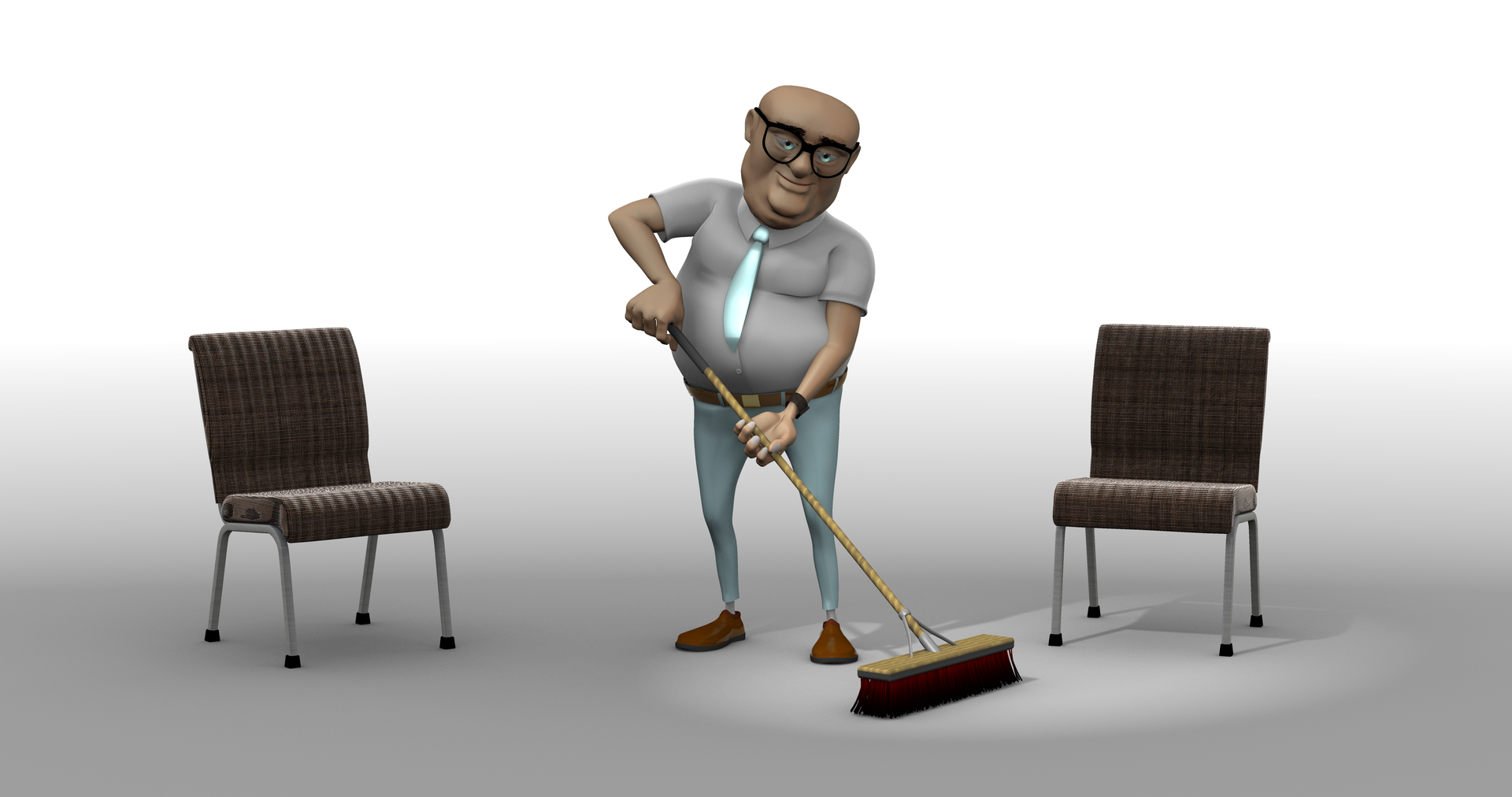
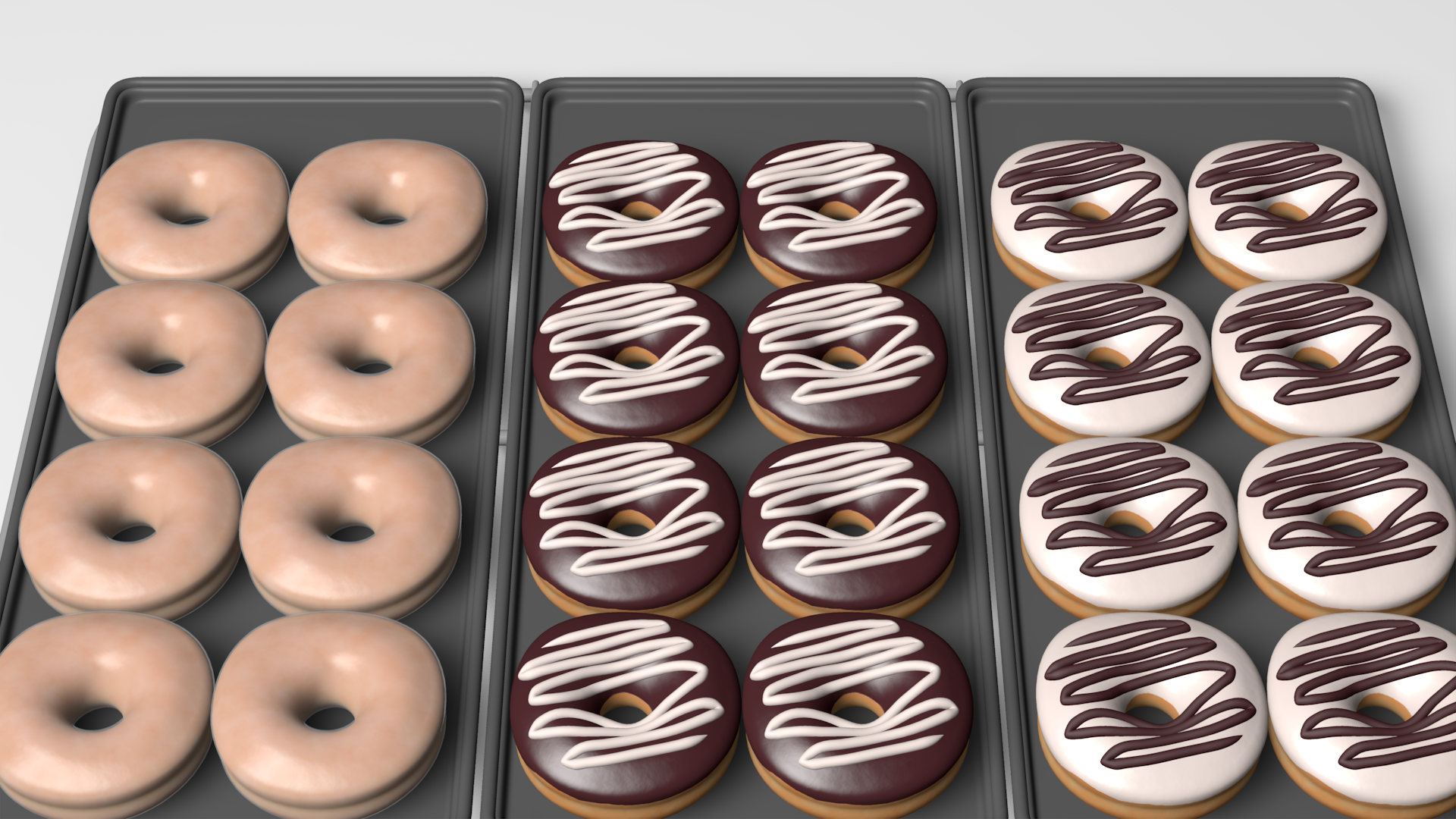
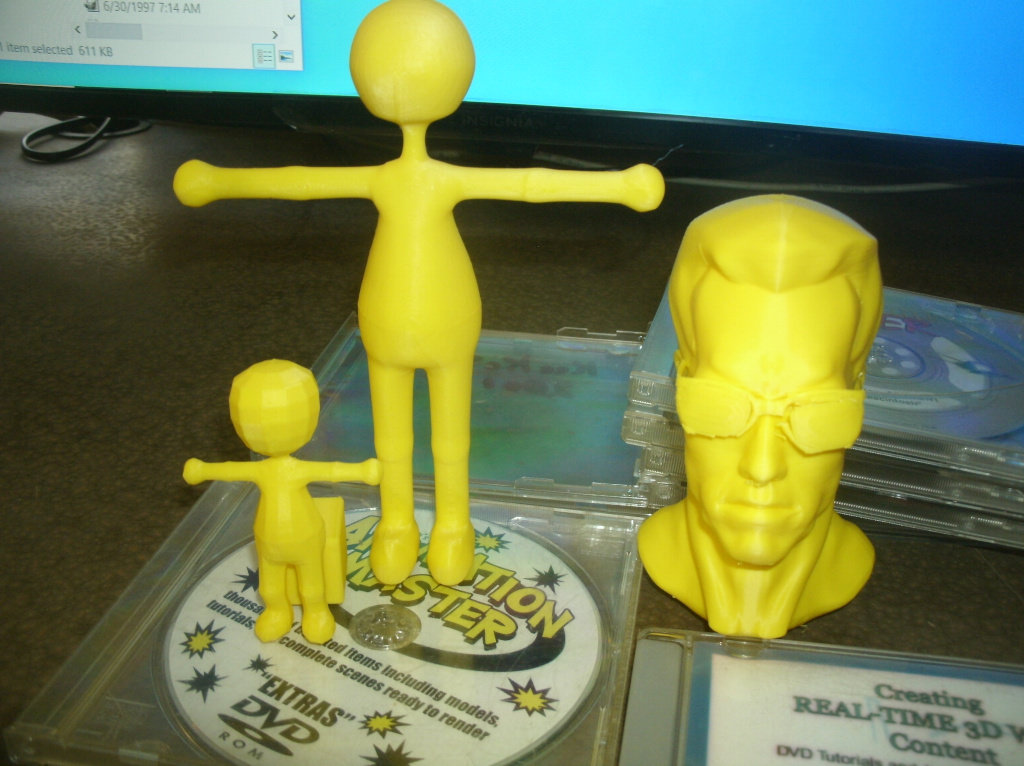
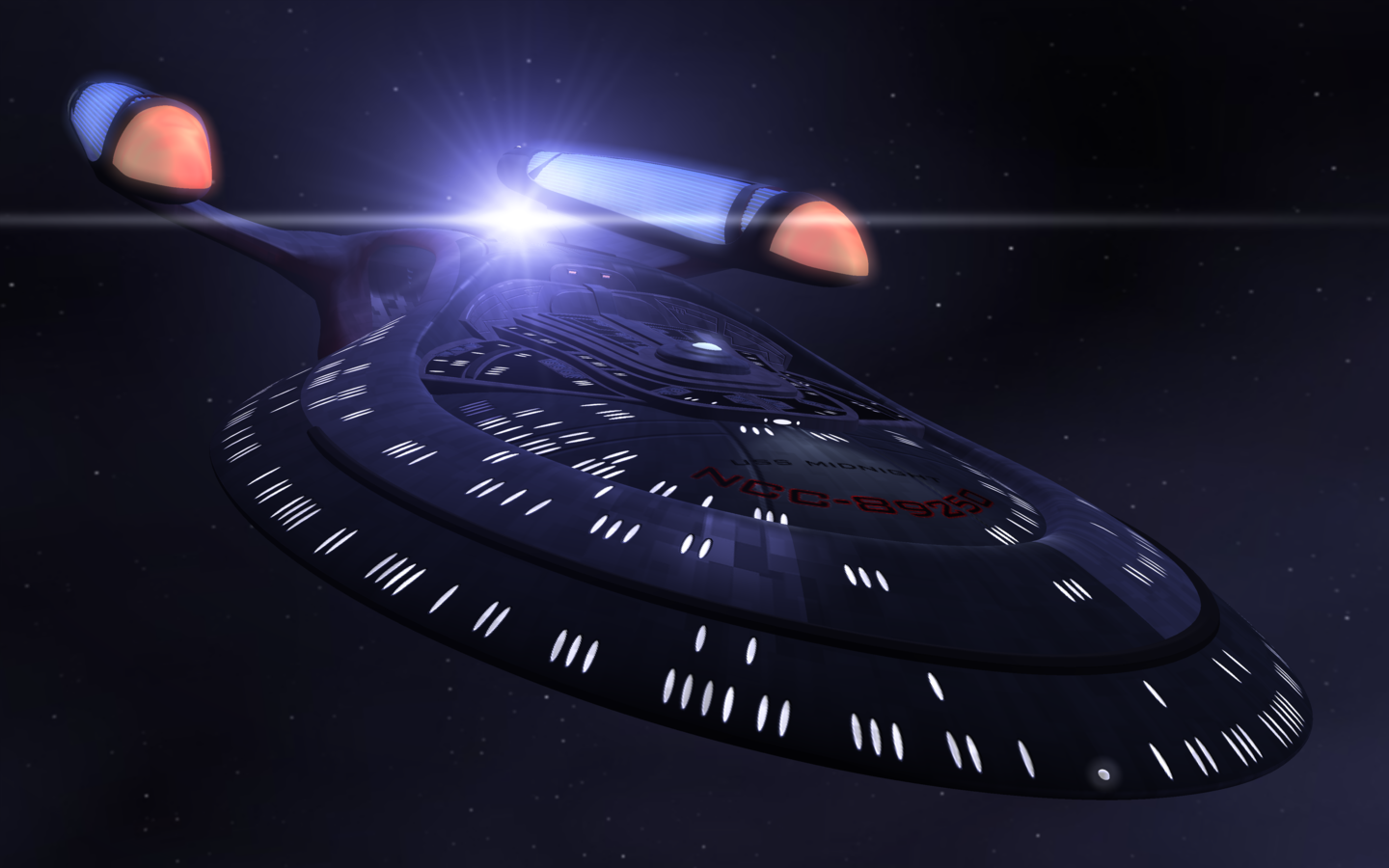
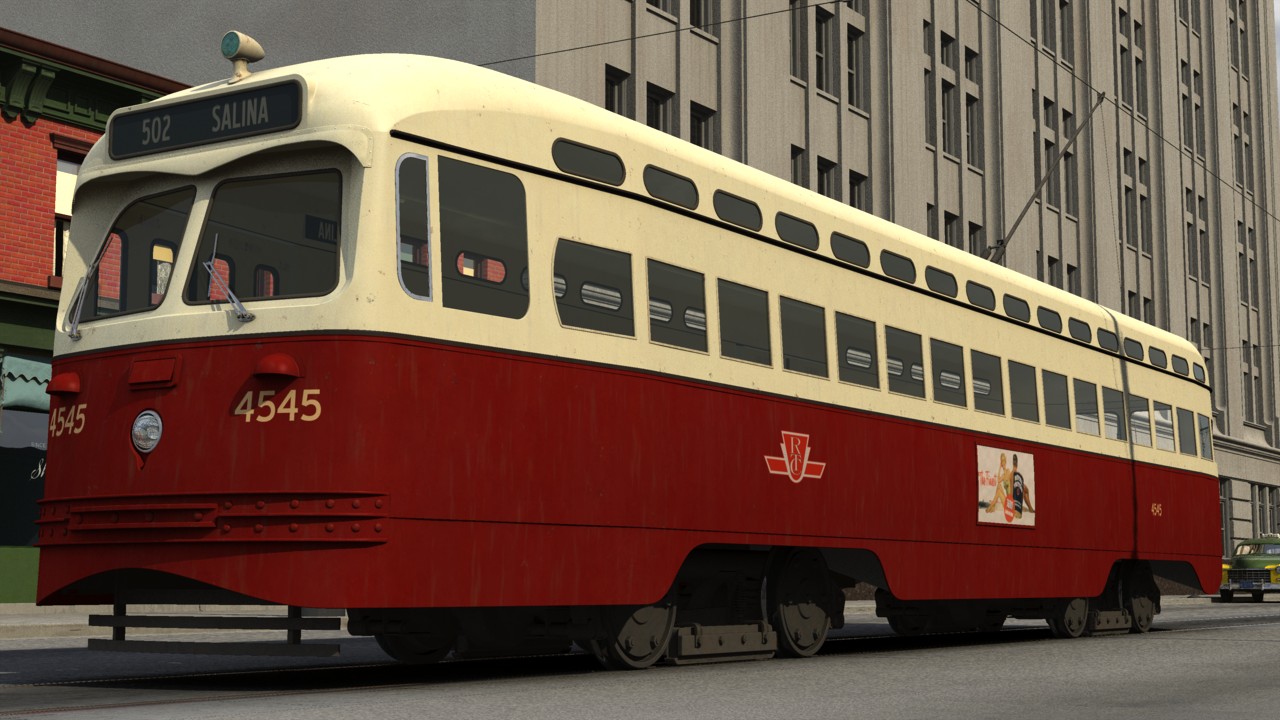

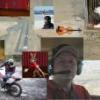
What is the secret to smartskinning?
in (2003-2004)
Posted
Colin,
Just did a quick test myself and it looks like there is indeed something goofy. I am using v11.1a
I got it to give me bones in a render to file once, but now it won't do it a second time.
The one time I got it to work, I actually turned them OFF and they showed up.
Confusing
eric